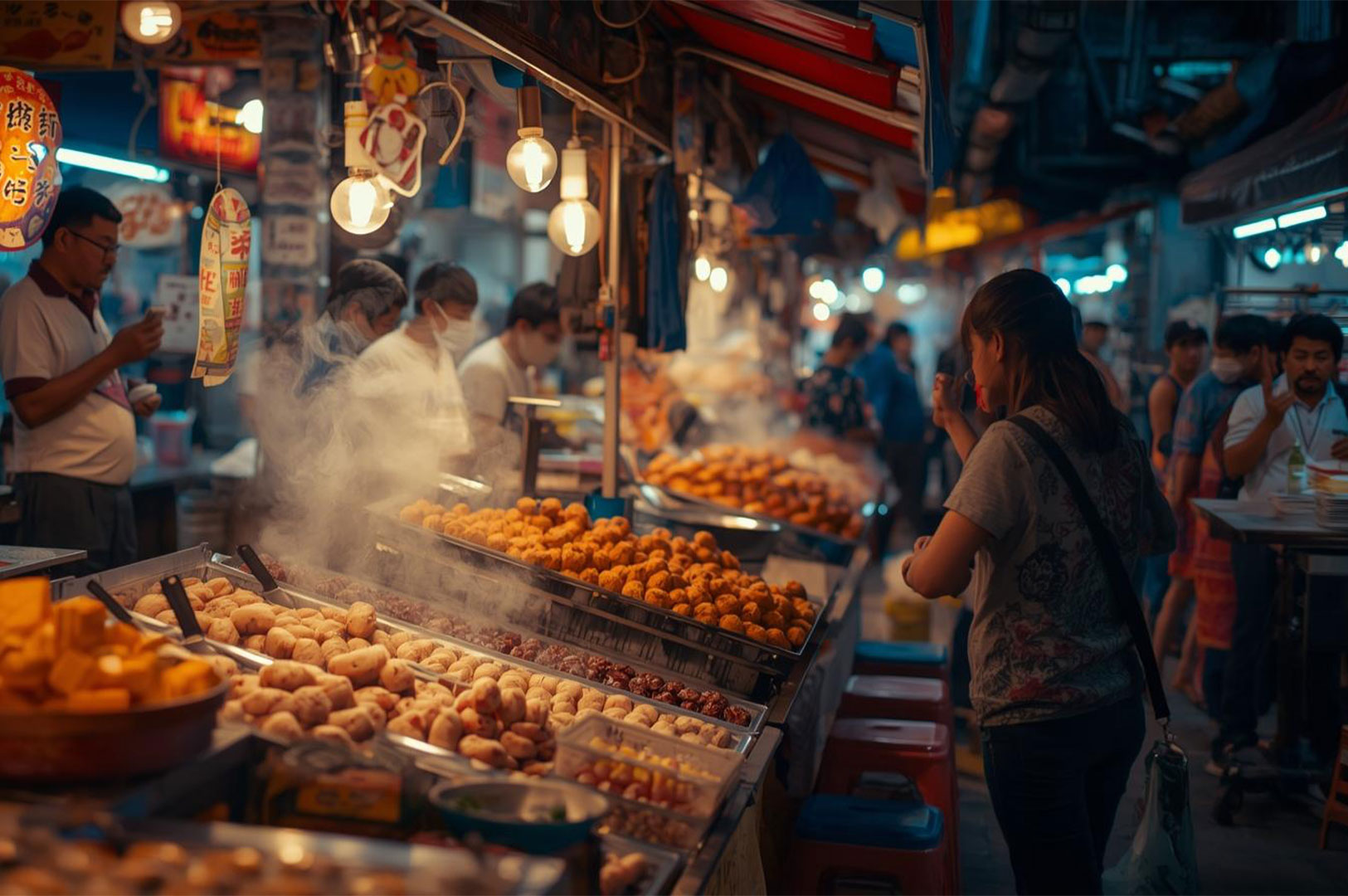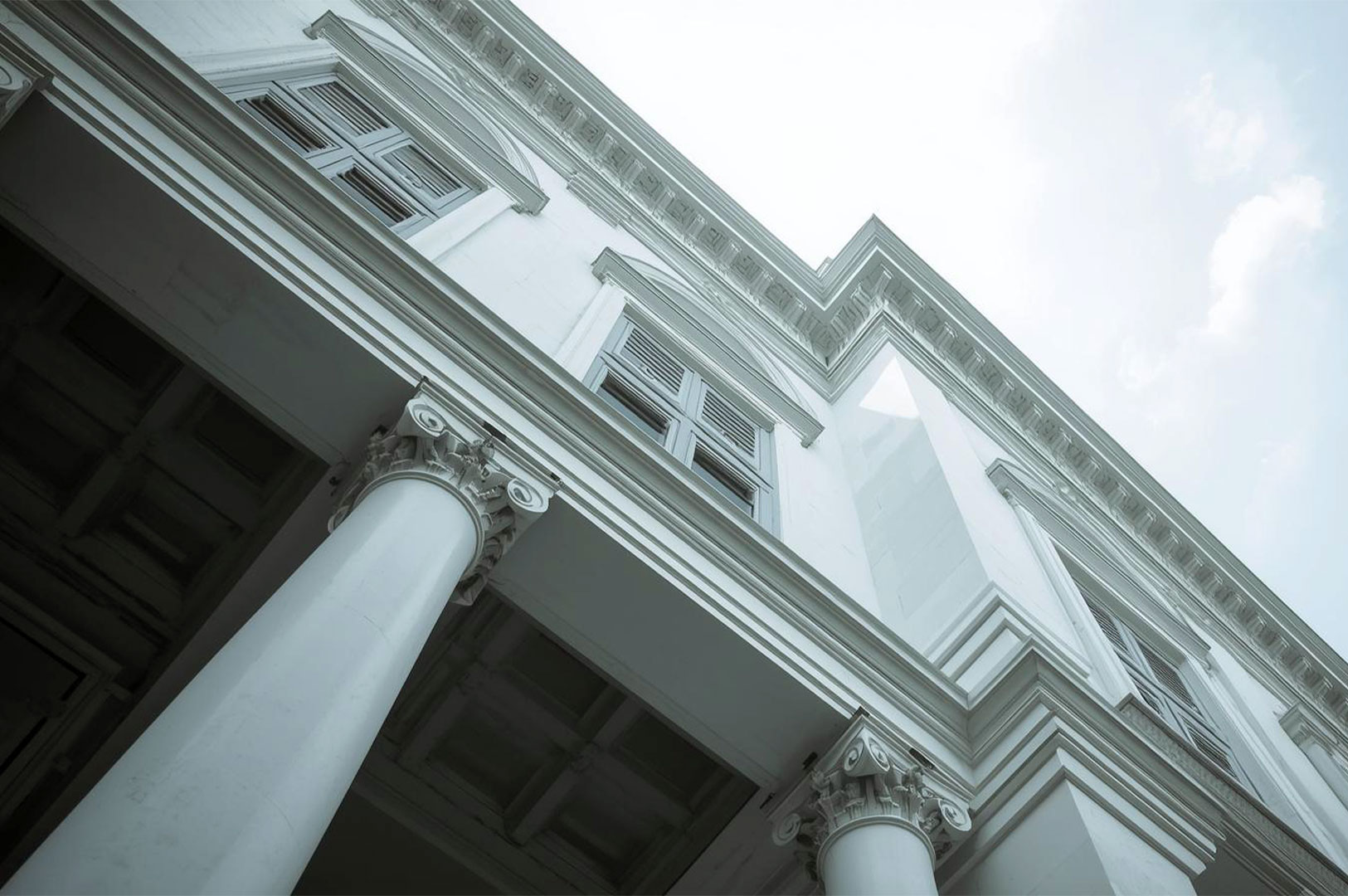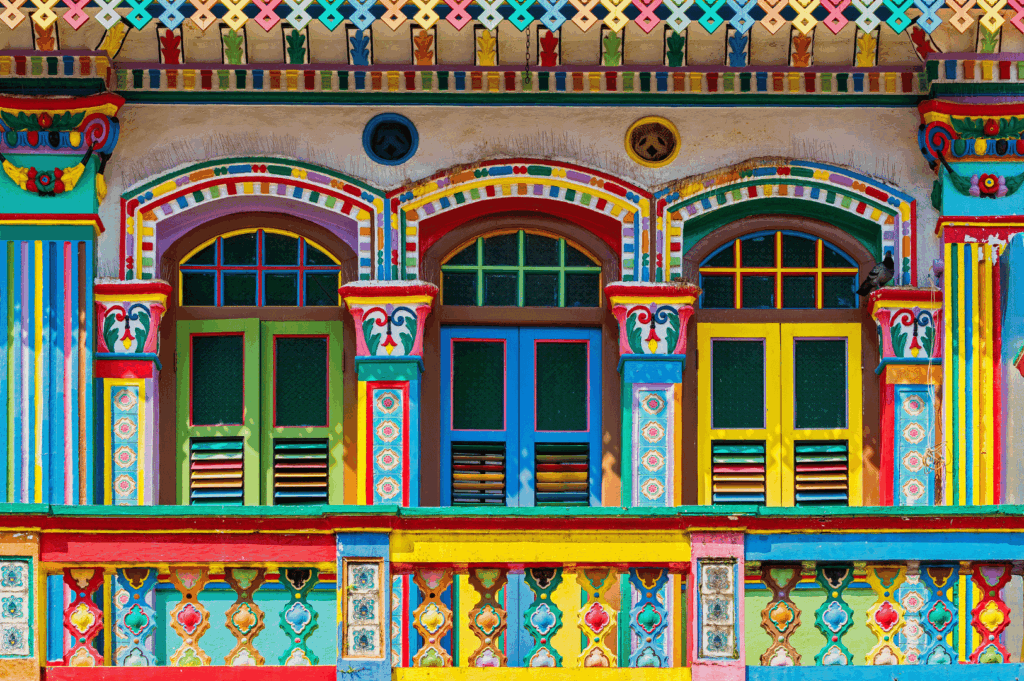
Singapore’s identity is woven from a dynamic tapestry of cultures, languages, and traditions – a singapore cultural mosaic that sets it apart from other Asian countries. From its history as the Lion City and a colonial port in Southeast Asia, Singapore has matured into a unique blend of East meets West. Centuries of immigration shaped neighbourhoods, nurtured a spirit of racial harmony, and inspired an array of local customs, cuisines, and architectural marvels that continue to define everyday life.
The magic of singapore cultural heritage is found at the crossroads of thriving ethnic enclaves, high-rise housing estates, and bustling markets. In this guide, we explore how official districts like Chinatown and Kampong Glam, along with HDB heartlands and iconic food spots, embody singaporean culture, showcase religious tolerance, and preserve traditions for young Singaporeans and visitors alike.Singapore Cultural Heritage Districts: Celebrating Multicultural Roots
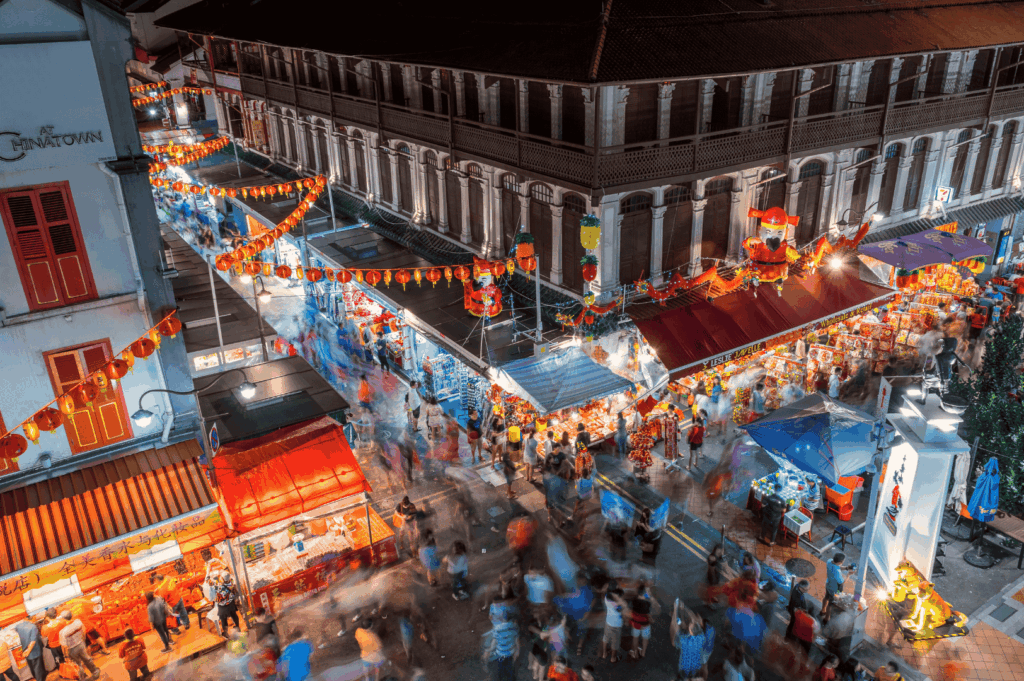
Singapore’s colonial planners established distinct enclaves for each major ethnic group. These historically significant districts are now brimming with life, cultural performances, interactive exhibits, and stories of resilience that date back to World War II.
Chinatown: Buddha Tooth Relic Temple and Chinese Heritage
Once the heart of Singapore’s burgeoning chinese community, Chinatown evolved from a settlement for early Chinese migrants and multiple Chinese dynasties into a modern-day precinct celebrating buddha tooth relic temple, bustling street food stalls, and lantern-lit alleyways. Here, you’ll find the influence of different religions and Chinese dialects in local temples, shrines, and the daily rhythm of public holidays, red packets, and festive markets. The area beautifully showcases a unique culture where the past and present converge.
Kampong Glam & Haji Lane: Malay Royalty and Artistic Pulse
The legacy of Malay sultans flows through kampong glam, now a magnet for creative energy and modern fusion. The Sultan Mosque anchors a stretch comprising Arab Street and Haji Lane, home to independent boutiques, quirky murals, local delicacies, and interactive exhibits. Thread your way through colourful shophouses, experience vibrant street art, and taste the singaporean malay heritage, all embodied in the east meets west culinary and cultural fusion on display.
Little India: A Tapestry of Indian Heritage
Every corner of little india pulses with south Asian flavour. Traditional stores, temples, and enduring rituals stand beside new businesses and cafes. Here, the national language of Tamil is celebrated alongside English and other official languages, exemplifying Singapore’s linguistic diversity. The Sri Veeramakaliamman Temple radiates buddhist culture and Indian vibrance, and you’ll encounter a myriad of spices, garlands, and food traditions passed down for generations. The district comes alive during cultural festivals like Deepavali, when families come from all over Singapore to experience unique architecture, music, and dance.
Katong/Joo Chiat: Peranakan Pride & Racial Harmony
With their pastel shophouses and intricate tiles, Katong and Joo Chiat pay homage to the Peranakan or Straits Chinese – a community created as early Chinese migrants married into local Malay families. This neighbourhood exemplifies both racial harmony and remarkable cultural heritage, with eateries serving nyonya laksa and kueh, and lively cultural performances during holidays such as Hari Raya Puasa. The area promotes the spirit of east meets west found throughout Singapore’s heartlands.
Multicultural Heartlands: Living Racial Harmony and Cultural Experience
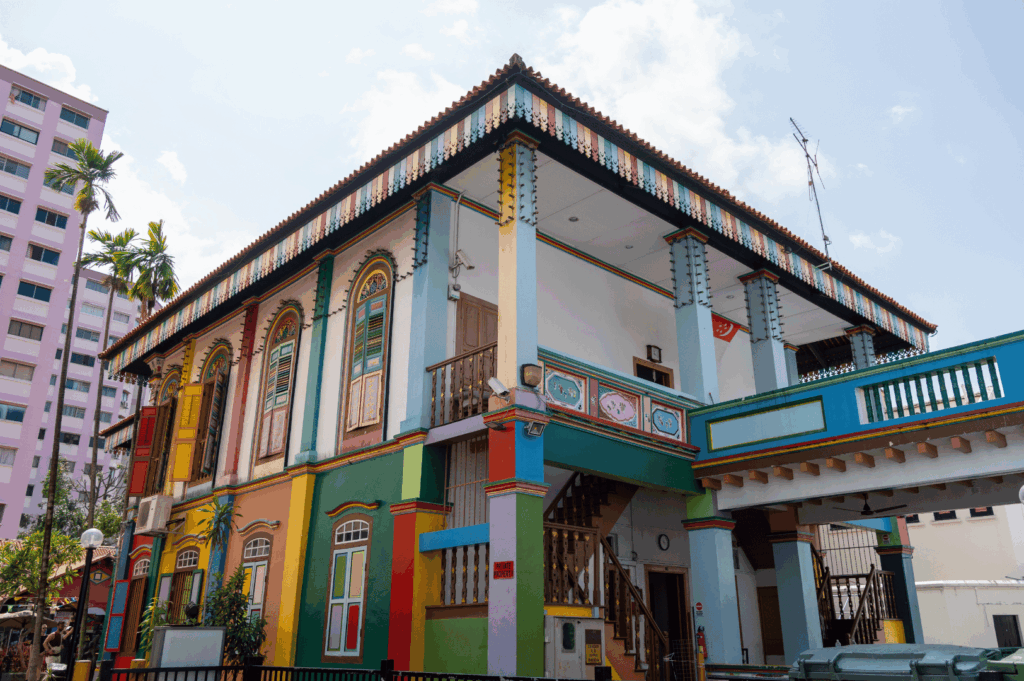
Singapore’s cultural diversity flourishes in HDB estates—multicultural neighbourhoods Singapore designed for different ethnicities and cultures to live together in harmony. The government’s ethnic integration policy ensures a balanced mix of residents, fostering cross-cultural friendships and shared experiences.
In a typical housing estate, children from various backgrounds play together in void decks, attend the same neighbourhood schools, and participate in events at community centres. Singapore celebrates its four official languages (English, Mandarin, Malay, and Tamil) and hosts festivals such as Chinese New Year, Hari Raya, and Deepavali that bring neighbours together, reflecting the essence of racial harmony and the best of singaporean culture.
Architecture as Cultural Heritage: East Meets West in the Lion City
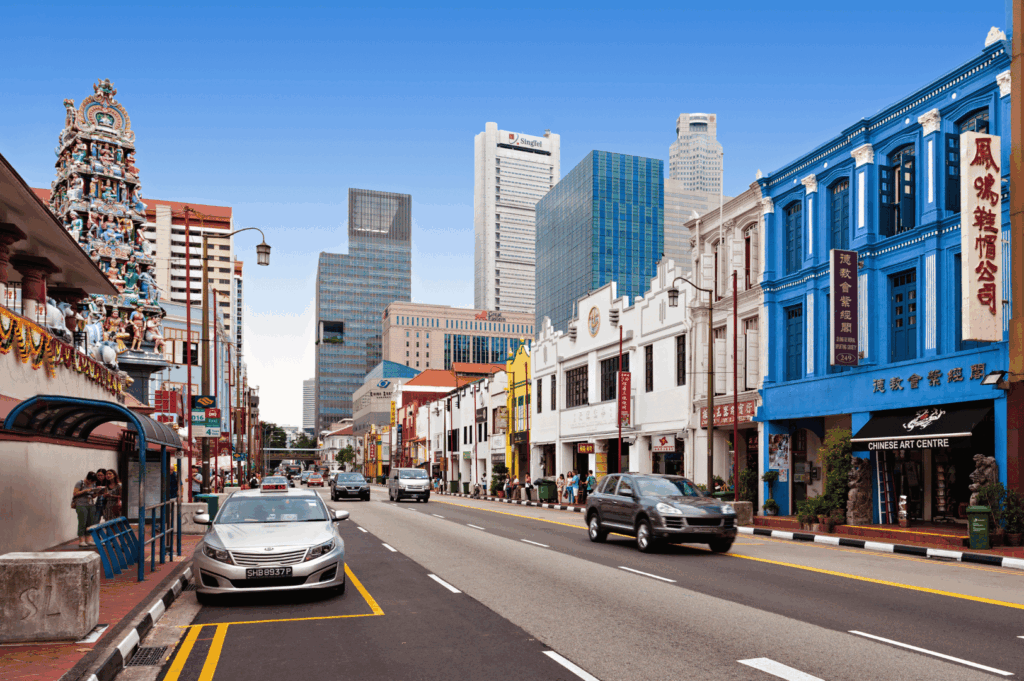
Singapore’s culture is reflected in its unique architecture – from colonial buildings and shophouses (a blend of Chinese, Malay, and European styles) to places of worship embodying the coexistence of different religions. It’s not unusual to see a Buddhist temple, mosque, and church side by side, each echoing the city’s dedication to racial harmony and multicultural understanding.
Historic buildings, interactive exhibits, and heritage trails curated by the National Heritage Board provide a cultural experience unmatched in other Asian countries. Many aspects of Singaporean life, such as the National Day Parade and public holidays, celebrate the city’s storied journey.Street Food: Tasting Singapore’s Multicultural Heart
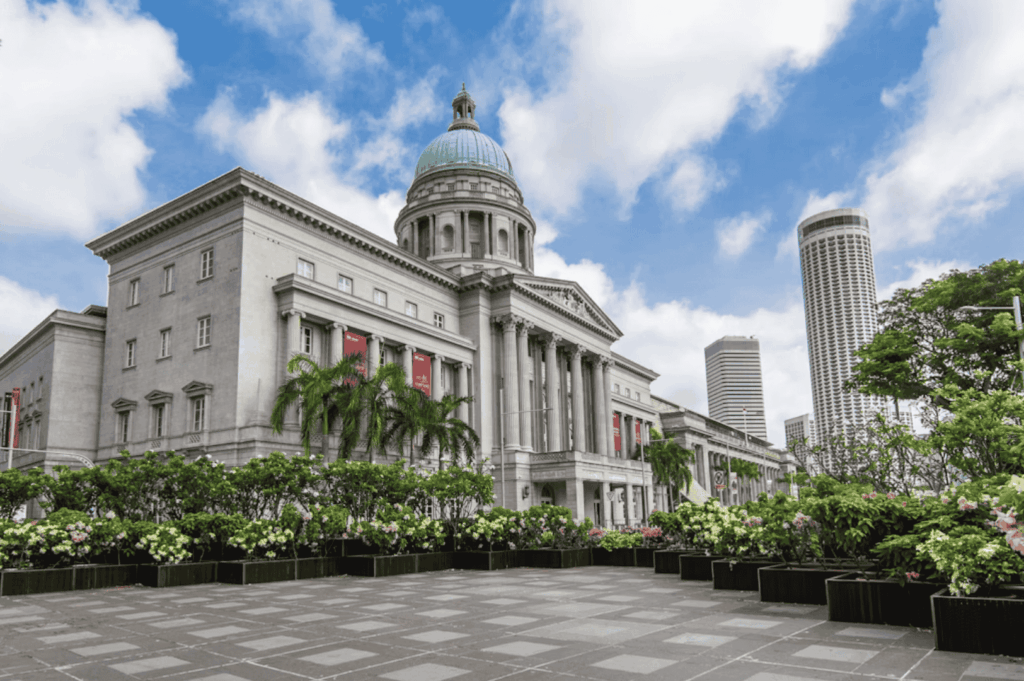
At the pulse of every neighbourhood beats a hawker centre—Singapore’s answer to the world’s best street food. Here, Singapore serves up a wide array of local delicacies: Hainanese chicken rice, Indian roti prata, Malay nasi lemak, and Peranakan laksa, to name a few. Hawker centres are more than food courts; they’re living museums of the country’s unique blend of cultures, stories, and tastes.
As you listen to orders being called out in multiple languages (sometimes even singaporean english or military commands), you’ll recognize that these bustling markets are as vital to Singapore’s cultural experience as temples or museums.
Cultural Preservation: National Heritage Board, Everyday Life, and Community Spirit
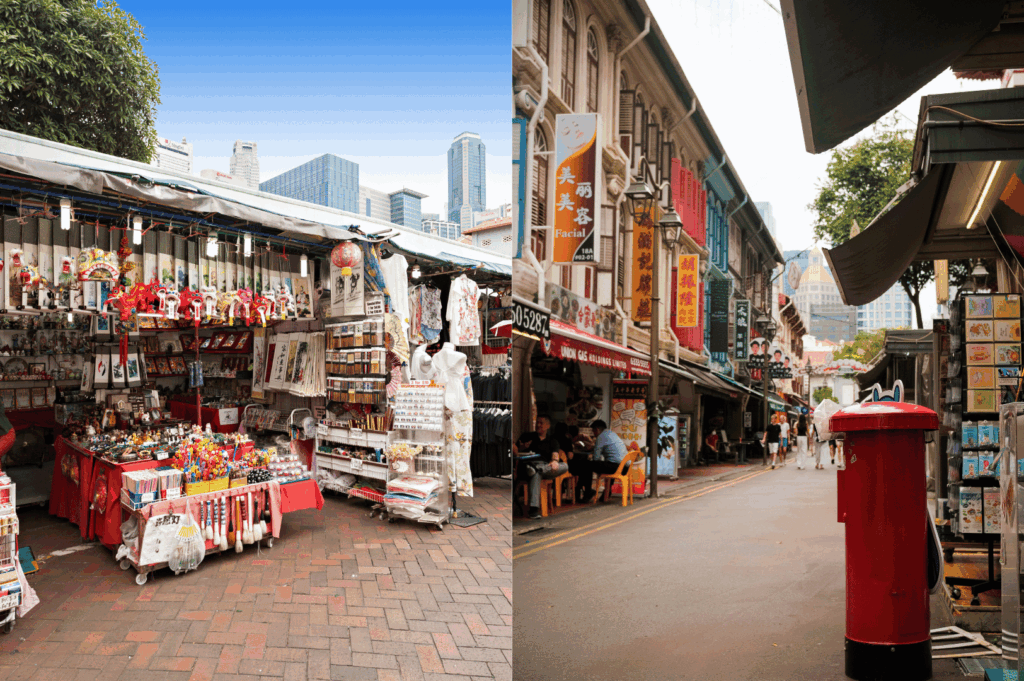
Modern Singapore is ever-changing, yet its people value the preservation of cultural heritage. The National Heritage Board spearheads conservation, while local community groups—often in collaboration with schools and performing arts troupes—organize activities and cultural performances that keep traditions fresh in young minds.
From preserving the architectural charm of shophouses to celebrating public holidays and rituals unique to different races and ethnic groups, many Singaporeans balance the demands of the modern city with their rich, multicultural roots.Performing Arts, Local Customs, and Living Harmony
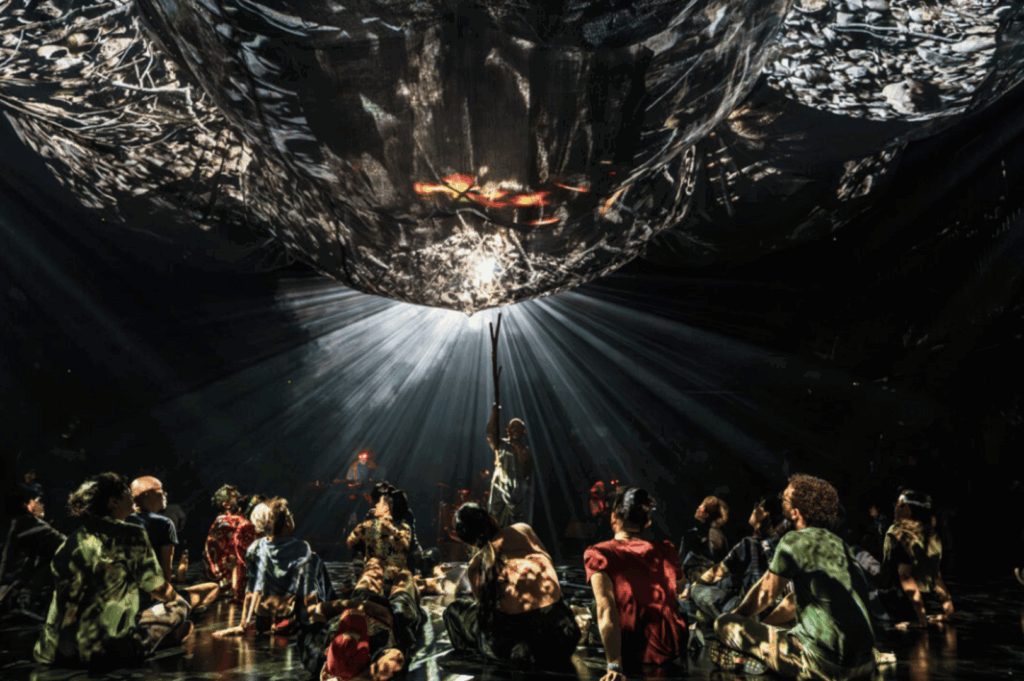
The performing arts scene in Singapore is an effervescent blend of traditions and modern interpretations. Residents from different backgrounds (Chinese, Malay, Indian, and many other communities) routinely come together for music festivals, dance performances, and creative showcases. The National Arts Council and other organizations support these efforts, ensuring that local customs, dances, and songs continue to thrive.
Events such as Chingay Parade, Hari Raya Puasa, and cultural festivals organized in heartland centres give both locals and visitors a chance to experience Singapore’s vibrant, multicultural soul.
Personal Stories: Multiculturalism in Everyday Life
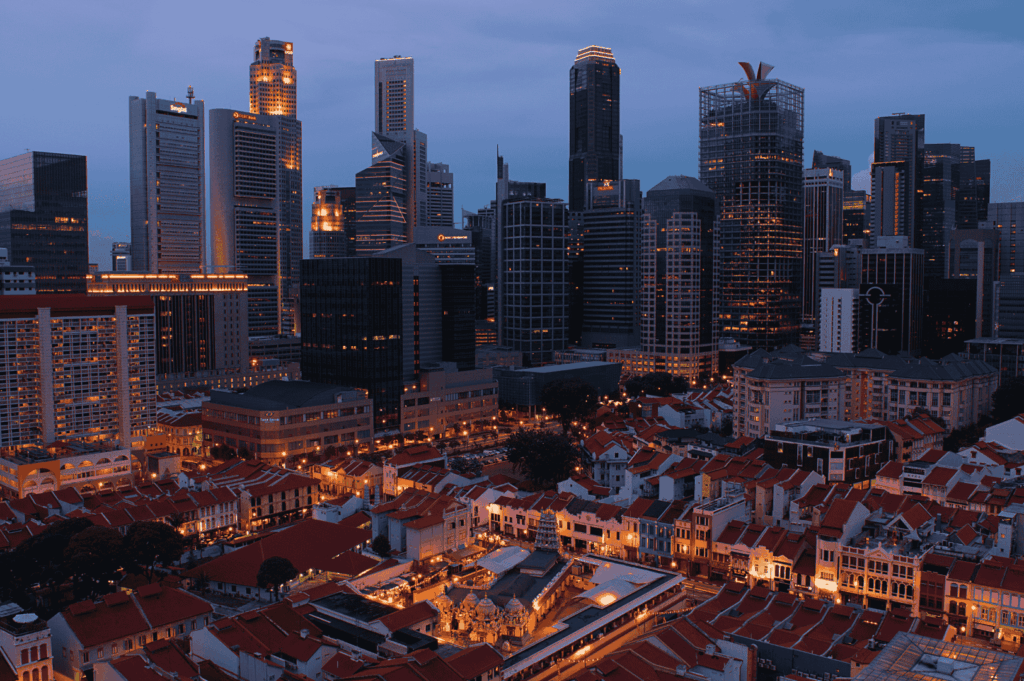
Singaporean culture is best experienced through the fabric of everyday life – at coffee shops, on public transport, and during community activities. It’s reflected in the friendships forged across ethnic lines, in shared plates at hawker centres, and in the way singapore citizens unite during a festival or crisis. Many aspects of local life, like haggling for a bag of durians or sharing sugared snacks at Hari Raya, transcend ethnic and religious boundaries, creating opportunities for deeper understanding and enduring connection.
Conclusion: Singapore Cultural Laboratories of Tomorrow
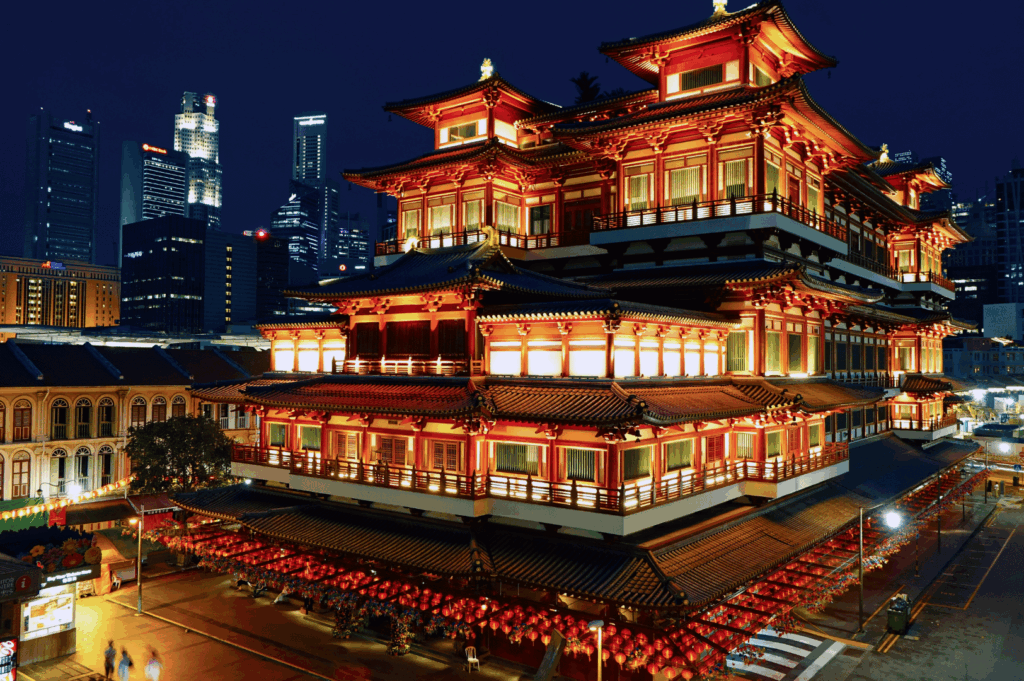
Singapore remains a living “laboratory” where the ideals of multiculturalism and racial harmony are tested, celebrated, and renewed daily. With a history shaped by waves of migration, the city-state’s neighbourhoods stand as living exemplars of integration and shared identity. As you explore Chinatown’s Buddha Tooth Relic Temple, the laneways of Haji Lane, or savour a plate of laksa at a hawker centre, you are immersing yourself in the cultural heritage and evolving story of Singapore.
Whether you are a visitor or a proud local, Singapore’s continuing journey as a beacon of cultural harmony in Southeast Asia offers a lesson to the world: our greatest strength lies in our unique culture, our acceptance of different ethnicities and religions, and our celebration of both heritage and progress. Join in, and discover a city where East meets West and the future of multiculturalism is written every single day.
